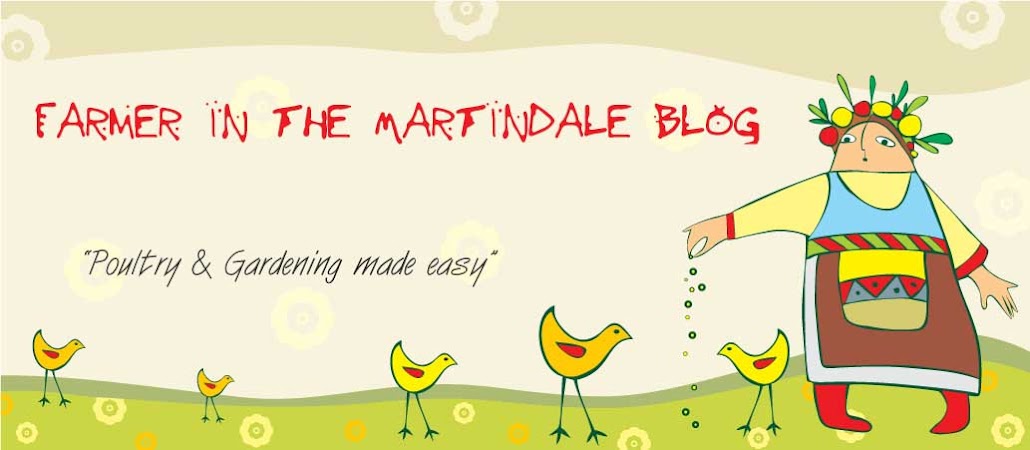Winter is especially harse on trees and shrubs. Newer plantings are especially vulnerable, but even mature species can sustain damage. Ice, snow, wind, sun, dry air, and low temperatures all take their toll. Fortunately, taking protective measures now can minimize damage and keep your trees and shrubs healthy until spring comes.
Water
Winter’s lower temperatures and humidity dry out plantings, sometimes killing all or parts of them. To prevent winter drying, water trees and shrubs regularly throughout the fall, watering heavily in late fall before the ground freezes.
Wrap
On cold winter days, heat from the sun followed by sudden cooling can damage bark on the south or southwest side of a tree. This is called sun scald or southwest injury. To prevent it, wrap the trunk with tree wrap, which reflects the sunlight and keeps the bark temperature more even. Tree wrap also discourages wildlife from feeding on bark.
Mulch
A layer of mulch around a tree or shrub acts an insulator, warming the soil and retaining precious moisture. To protect trees and shrubs, mulch them with 4–6 inches of wood chips or straw. I also use old dry leaves and straw that I have cleaned out from my chicken coops.
Shield
You can also provide physical barriers for young trees and shrubs by driving a few stakes into the ground around the planting, wrapping burlap around the stakes, and securing the burlap with staples. This will protect against damage from sun and wind. Evergreen limbs, which are often bent or broken by ice and snow, can be tied together with strips cloth or old nylon stockings.
Plant Now
Fall is an ideal time to plant a tree or shrub.
Don’t Prune Too Soon
Fall often provides good weather for pruning trees and shrubs, but it may not be a good time for the planting. Late fall and winter is the best time to prune most trees. For shrubs, it depends on when the plant flowers. Ideally, you should prune a shrub as soon as the last blooms fade. If you prune a spring-flowering shrub in the fall, you may be removing next year’s flower buds.












